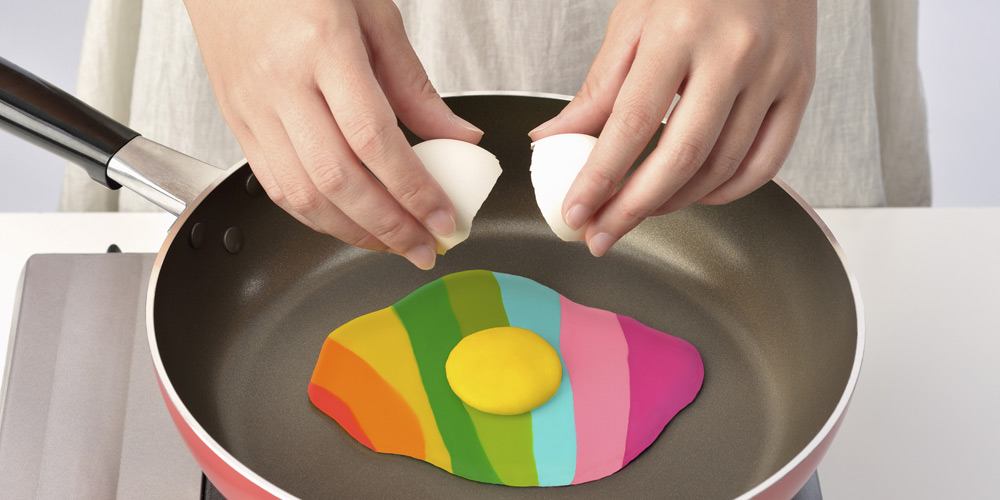strategy+business, October 16, 2020
by Theodore Kinni
Photograph by Yagi Studio
If you’re a foodie, the research that Vaughn Tan undertook to write The Uncertainty Mindset will strike you as a dream gig. The assistant professor of strategy and entrepreneurship at University College London’s School of Management spent much of the past decade studying — and embedded within — the culinary R&D teams associated with a handful of the world’s top purveyors of high-end cuisine, including José Andrés’s ThinkFoodGroup, Nathan Myhrvold’s Modernist Cuisine, Heston Blumenthal’s The Fat Duck, René Redzepi’s Noma, and “Amaja” (a pseudonym Tan uses for a restaurant that sounds a lot like Poul Andrias Ziska’s Koks). Aside from the good eats, Tan came away from his research with unconventional ideas for structuring and stimulating innovation teams.
The innovation challenge facing these rarefied culinary organizations is daunting; the customer expectations of an Apple or a Tesla pale by comparison. Imagine trying to satisfy a discerning gourmand who has waited a year for a reservation and then traveled from Singapore to the Faroe Islands solely for an 18-course meal. It is expected to be one of the best meals in the world. Each course features unusual ingredients prepared in unique ways that not only engage the senses but also impart the identity of the chef and the restaurant, so much so that it couldn’t have come from any other kitchen. Tan calls this elusive quality familiar novelty. “Novelty combined with distinctive familiarity makes for loyal customers — and is nearly impossible to copy,” he writes.
Outside London, at The Fat Duck Experimental Kitchen (FDEK), Tan observes pastry chef Isabel Rodriguez as she creates a dessert that will anchor an entirely new menu. “The team had decided that it would have to convey the feeling, as Rodriguez said, of being ‘dreamy, comforting, surreal. Like how you feel when you are about to fall asleep when you’re small. You’ve been bathed, and you’re feeling clean and tired, and everything smells like baby powder,’” writes Tan. Before the work is done, the dish, which the team calls Counting Sheep, will evolve into two dishes served in quick succession. Among its many fine details is the design and fabrication of a spoon with a fuzzy handle that will be dusted lightly with, yes, baby powder.
At Amaja, the R&D team spends three months figuring out how to cook 200-year-old mahogany clams — an ingredient never before used in high cuisine. In ThinkFoodGroup’s first Las Vegas venture, the company takes on the high-pressure work of launching three restaurants — serving tapas, Chinese–Mexican food, and a tasting menu — on the opening night of a newly constructed gaming resort.
In observing how culinary R&D team members work individually and together on such projects, Tan uncovers six “innovation insights” that serve as the core findings of his book. Two of the insights are particularly intriguing. Read the rest here.
Friday, October 16, 2020
Uncertainty on the menu
Posted by
Theodore Kinni
at
4:20 PM
![]()
Labels: bizbook review, books, creativity, innovation, org culture, strategy+business
Subscribe to:
Post Comments (Atom)















No comments:
Post a Comment